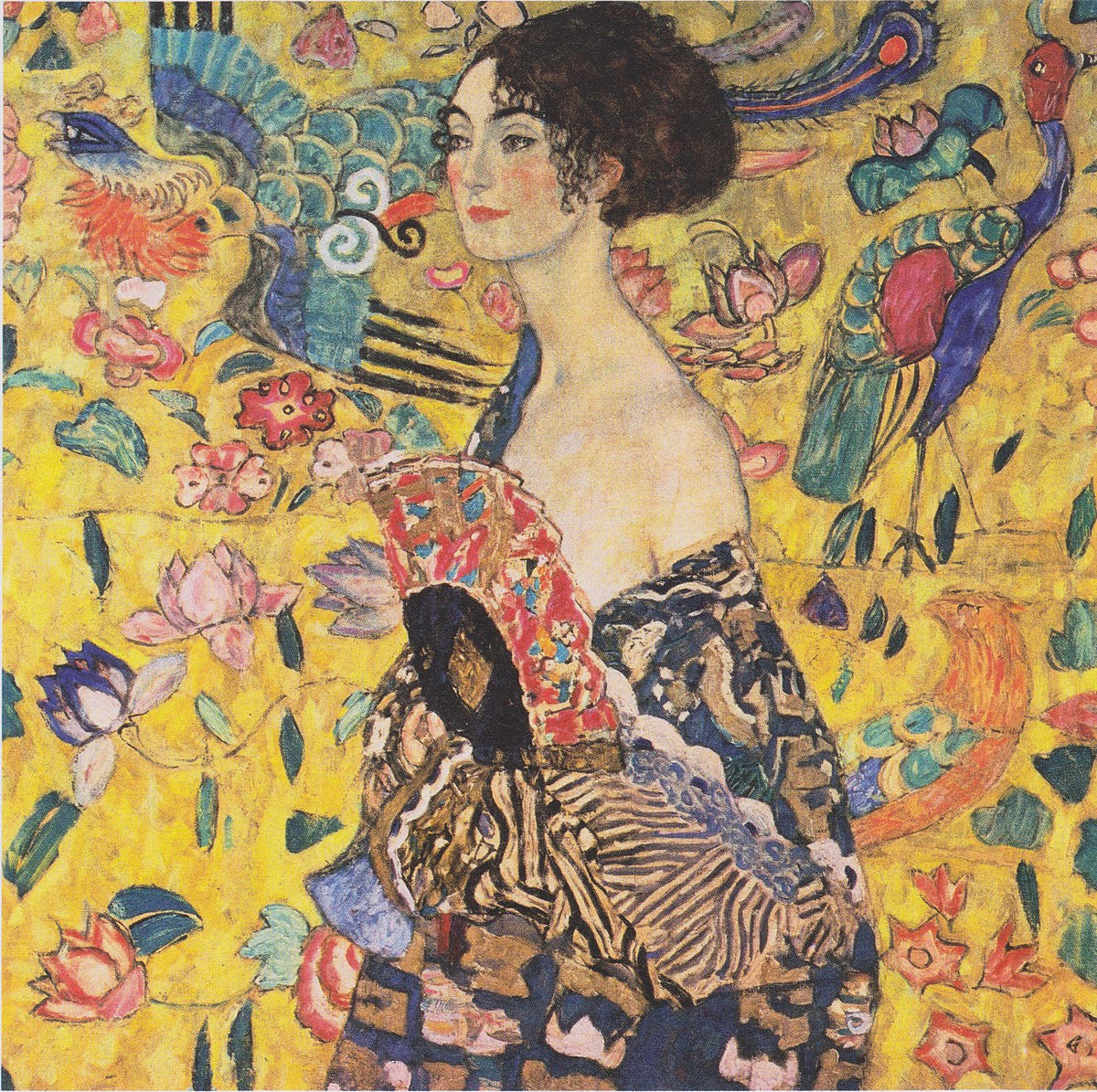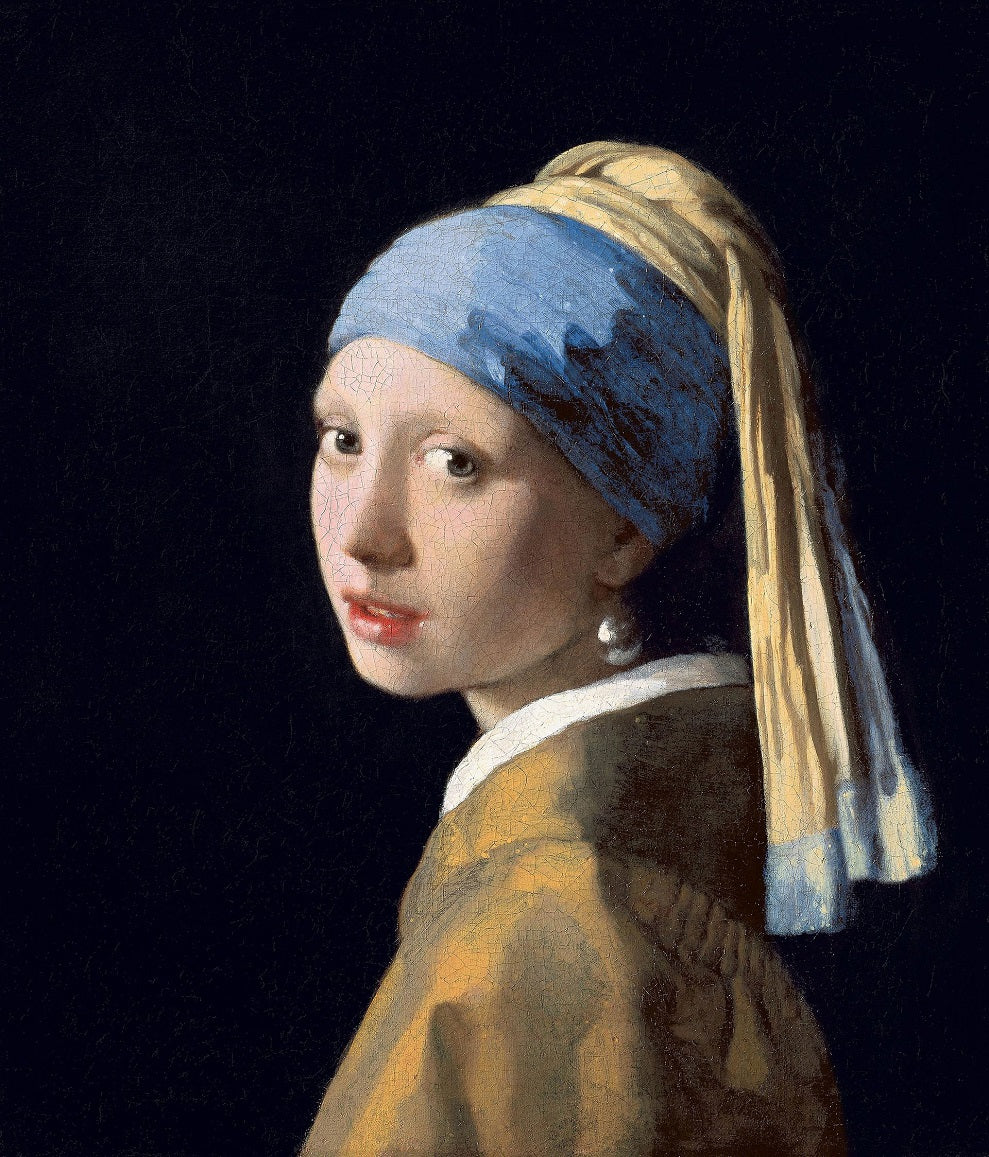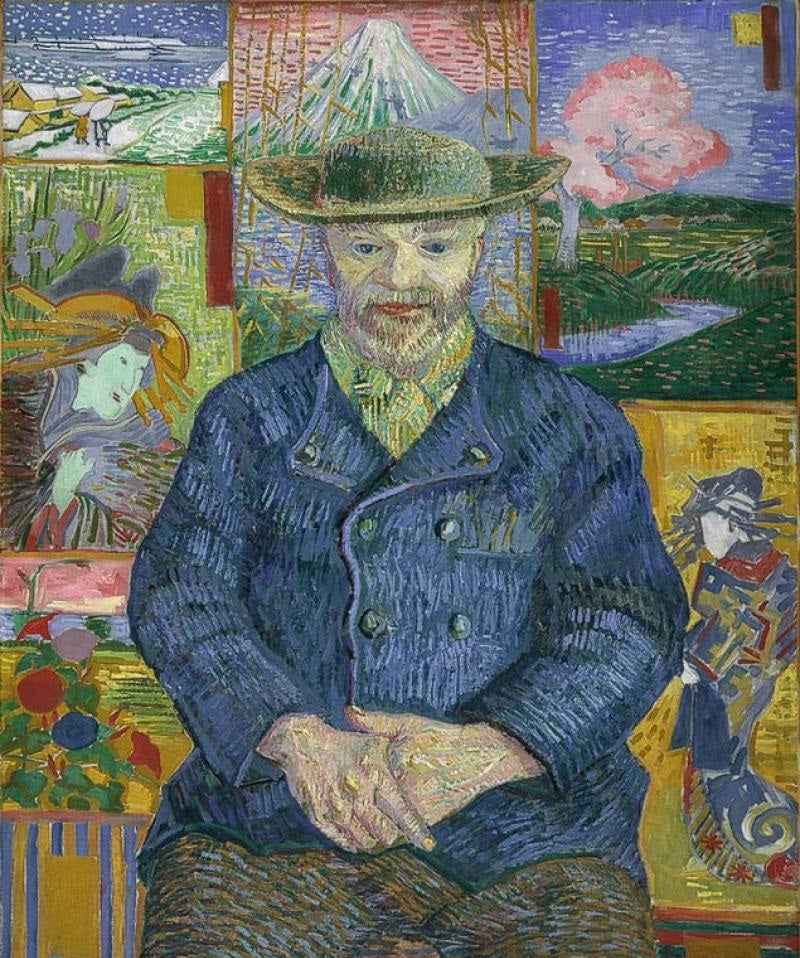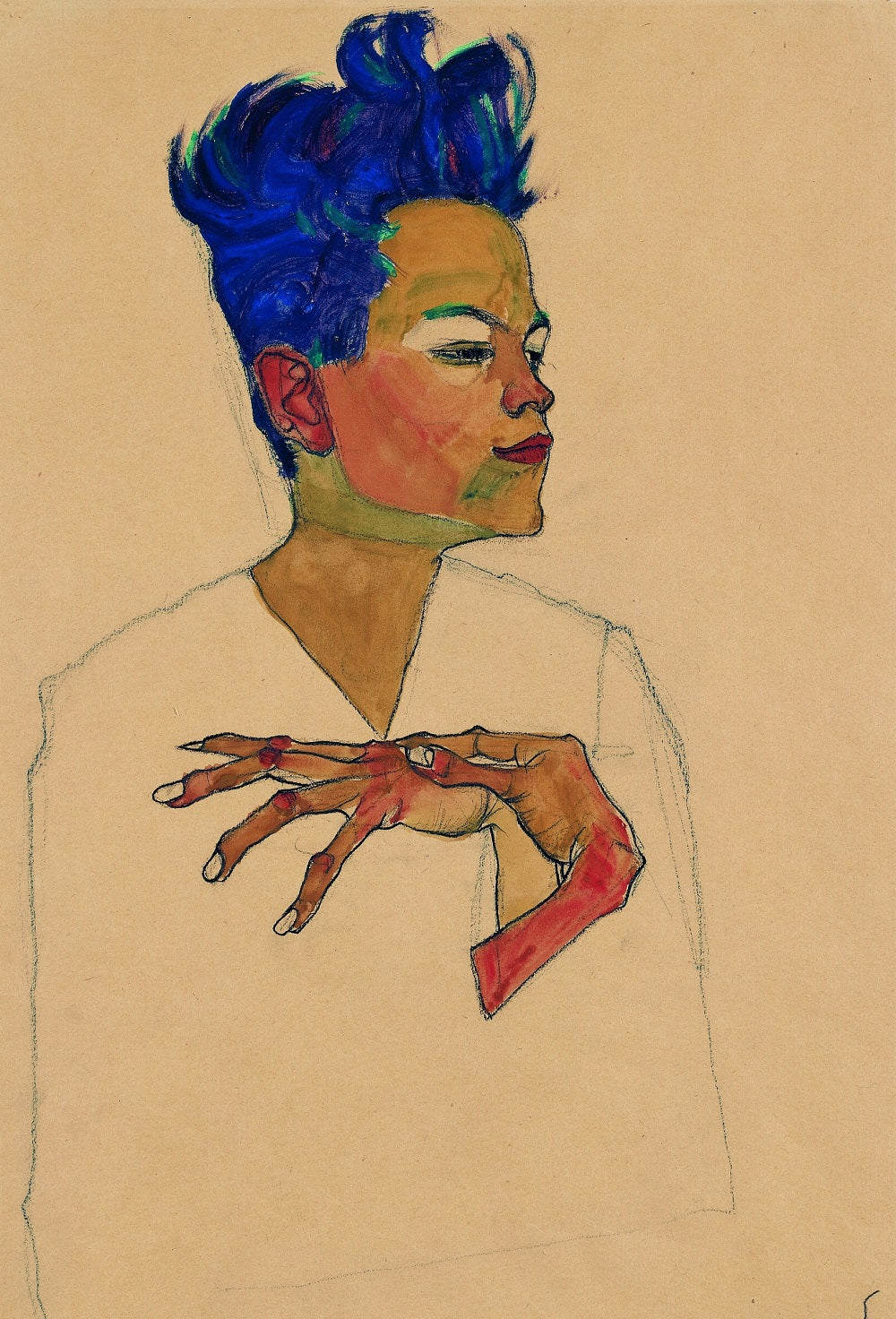A painting depicting a portrait can have an incredible impact because of the strong expressions and individual characteristics of the subject. This connection between the artist and their depiction of a single person in paint can often result in captivating works of art. Portraits usually focus on a close or mid-range shot of the subject, with particular attention paid to accurately capturing the eyes and facial features. The exceptional detail an artist can portray creates an intimate connection between the painting and its viewer. Popular choices for ports include nobility, religious figures, historical figures and special family members. Through brushstrokes, an artist can encapsulate powerful emotions on canvas, allowing viewers to appreciate a glimpse of how that particular person was perceived by others.
The Mona Lisa

The Mona Lisa, painted by the Italian Renaissance master Leonardo da Vinci, is probably the most famous painting in the world. It was painted between 1503 and 1506 by this prolific artist and is currently in the Louvre Museum in Paris. The half-length portrait depicts a woman, probably named Lisa Gherardini, who is distinguished by her mysterious smile. There is some debate as to who else could have been depicted other than Lisa Gherardini. The painting, which measures 77 x 53 cm, is said to be an oil on poplar wood. Although it is not clear why the painting has attracted such worldwide admiration, many believe that its fame is due to the use of atmospheric conditions and light, which creates an illusionary effect that, even for modern viewers, is only half believable. Whatever the secret of the painting's success, one thing is certain: its status as a masterpiece of Renaissance art will remain undisputed for centuries.
Date of the work : 1506
Original dimensions : 77 × 53cm
Place of preservation : Musée du Louvre, Paris, France
Lady with Fan

The painting Lady with Fan by the famous artist Gustav Klimt is an extraordinary work of art. It stands out among his other works as one of the most remarkable and breathtaking. The painting depicts a captivating and mysterious woman in a stylized pose, dressed only in a draped garment. With her expression hidden behind her fan, it is impossible to determine whether she is troubled or mocking the viewer. Using only shades of white, black, gold and skillfully blended colours, Klimt masterfully captures her beauty with elegance and subtlety; he uses bold strokes of heavy paint and precise detail to create each line, emphasising the facial features so that they appear delicate yet strong. The result is mesmerizing; viewers wonder who this mysterious woman is and what hidden secrets she carries in her fan.
Date of the work : 1918
Original dimensions : 99 × 99 cm
Place of preservation : Wolfgang Gurlitt-Museum, Linz, Autriche
Girl with a Pearl Earring

Johannes Vermeer's iconic painting, Girl with the Pearl, is a captivating work of art. Created in 1665, the painting depicts an unnamed young woman wearing a bright blue and yellow turban and a lovely pearl earring. Her head is tilted slightly downwards in contemplation, while her enigmatic eyes look out from the canvas. By combining the softness of the light on her face, Vermeer creates a masterpiece of mystery, emotion and beauty. Although the identity of the sitter remains unknown to this day, scholars believe it may be Susanna van Baerle, one of Vermeer's closest confidants. Whatever its identity, this enigmatic portrait will continue to captivate the public for centuries to come.
Date of the work : 1665
Original dimensions : 44 x 39 cm
Place of preservation : Mauritshuis, Den Haag, Pays-Bas
Portrait of Père Tanguy

Vincent van Gogh's iconic portrait of his good friend, the portrait of Father Tanguy, is a powerful reflection of the artist's feelings. The painting depicts an old man with a white beard and moustache, set against a brightly coloured background of pure reds, oranges, yellows and greens. A subtle halo forms the head of the old man, as if to emphasise the spiritual nature of his presence, while making him appear as a holy and reverent figure. He exudes wisdom and understanding, as evidenced by his calm demeanour and relaxed posture. It is interesting to note that this is one of the few portraits that Vincent van Gogh did not paint in his imagination; Father Tanguy was living in Paris at the time it was painted. It reminds us that, although van Gogh could fill canvas after canvas with bold and moving works based solely on visions he saw in his mind, he also had times when reality demanded a respectful tribute to someone he deeply admired and respected.
Date of the work : 1887
Original dimensions : 65 cm × 51 cm
Place of preservation : Musée Rodin, Paris, France
Jean Cocteau

Amedeo Modigliani's painting Jean Cocteau is a stunning depiction of a pensive young man gazing into the distance with an air of intense concentration. This work was created in 1916 and is housed in the Museum of Modern Art in New York. Its bright colours, simple features and bright white portrait perfectly showcase Cocteau's fine features. Although it is composed of a combination of cubism and synthetic cubism, its abstract nature still evokes emotion. The geometric patterns that make up the background appear chaotic at first glance, but reveal levels of complex order that ultimately create a powerful cohesion for the work. It is certainly an influential work that will leave viewers wondering about the thought processes behind it for months to come.
Datum des Werks : 1916
Originalmaße : 100 x 81 cm
Ort der Aufbewahrung : Museum für moderne Kunst, New York, USA
Self-portrait with hands to the chest

Egon Schiele's painting, Self-portrait with hands to the chest, is a moving composition of distorted self-portraiture that captures a moment of deep introspection. Painted during the turbulent years of the early 20th century, it is an honest and revealing representation of Schiele's psyche. The figure stands isolated in an empty space, defined only by his vivid palette and heavy brushstrokes. Her arms are crossed and her head is bowed as if in prayer, expressing deep anguish and pain in the midst of tranquility. It has been noted that this painting may have been made to draw attention to both Schiele's vulnerability and resilience - his inner strength expressed by the downward pull of his clasped hands, while his humble gaze reflects the spiritual turmoil within him. The painting serves not only to demonstrate Schiele's artistic abilities, but also to explore themes of existence and the search for meaning in life through symbolic imagery.
Date of the work : 1910
Original dimensions : 45 x 31 cm
Place of preservation : Musée d'art de Zug, Suisse



